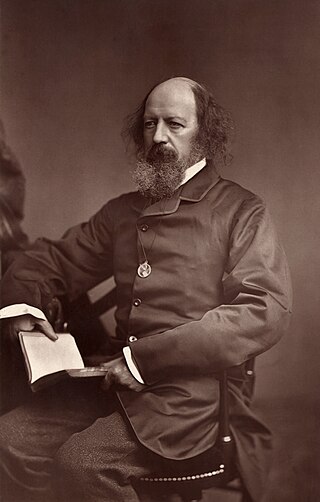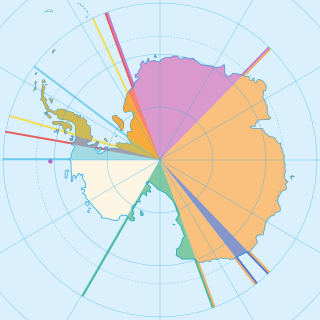
Alfred Tennyson, 1st Baron Tennyson,, was an English poet. He was the Poet Laureate during much of Queen Victoria's reign. In 1829, Tennyson was awarded the Chancellor's Gold Medal at Cambridge for one of his first pieces, "Timbuktu". He published his first solo collection of poems, Poems, Chiefly Lyrical, in 1830. "Claribel" and "Mariana", which remain some of Tennyson's most celebrated poems, were included in this volume. Although described by some critics as overly sentimental, his poems ultimately proved popular and brought Tennyson to the attention of well-known writers of the day, including Samuel Taylor Coleridge. Tennyson's early poetry, with its medievalism and powerful visual imagery, was a major influence on the Pre-Raphaelite Brotherhood.
London is the capital city and largest metropolitan region of both England and the United Kingdom.
The eagle is a large bird of prey.
Merlin is a Welsh wizard in Arthurian legend.

Maud of Wales was Queen of Norway as the wife of King Haakon VII. The youngest daughter of King Edward VII and Queen Alexandra of the United Kingdom, she was known as Princess Maud of Wales before her marriage, as her father was the Prince of Wales at the time.
Ross or ROSS may refer to:
Oriana is a given name, primarily of a female, that is widespread in Europe. Variants include Orianna, Oriane or Orianne.
Princess is a title of royalty or nobility. It may also refer to:

"The Charge of the Light Brigade" is an 1854 narrative poem by Alfred, Lord Tennyson about the Charge of the Light Brigade at the Battle of Balaclava during the Crimean War. He wrote the original version on 2 December 1854, and it was published on 9 December 1854 in The Examiner. He was the Poet Laureate of the United Kingdom at the time. The poem was subsequently revised and expanded for inclusion in Maud and Other Poems (1855).

HNoMS Heimdal was a Norwegian warship built at Akers mekaniske verksted in Kristiania, Norway in 1892 with build number 137.

Seven sovereign states – Argentina, Australia, Chile, France, New Zealand, Norway, and the United Kingdom – have made eight territorial claims in Antarctica. These countries have tended to place their Antarctic scientific observation and study facilities within their respective claimed territories; however, a number of such facilities are located outside of the area claimed by their respective countries of operation, and countries without claims such as China, India, Italy, Japan, Pakistan, Russia, South Africa (SANAE), Poland, and the United States have constructed research facilities within the areas claimed by other countries. There are overlaps among the territories claimed by Argentina, Chile, and the United Kingdom.
Maud or Maude, is an Old German name meaning "powerful battler". It is a variant of the given name Matilda but is uncommon as a surname. The Welsh variant of this name is Mawd.

Queen Maud Land is a roughly 2.7-million-square-kilometre (1.0-million-square-mile) region of Antarctica claimed by Norway as a dependent territory. It borders the claimed British Antarctic Territory 20° west and the Australian Antarctic Territory 45° east. In addition, a small unclaimed area from 1939 was annexed in June 2015. Positioned in East Antarctica, it makes out about one-fifth of the continent, and is named after the Norwegian Queen Maud (1869–1938).

Norway has three dependent territories, all uninhabited and located in the Southern Hemisphere. Bouvet Island (Bouvetøya) is a sub-Antarctic island in the South Atlantic Ocean. Queen Maud Land is the sector of Antarctica between the 20th meridian west and the 45th meridian east. Peter I Island is a volcanic island located 450 kilometres (280 mi) off the coast of Ellsworth Land of continental Antarctica. Despite being unincorporated areas, neither Svalbard nor Jan Mayen is formally considered a dependency. While the Svalbard Treaty regulates some aspects of that Arctic territory, it acknowledges that the islands are part of Norway. Similarly, Jan Mayen is recognized as an integral part of Norway.
Four steamships have borne the name Dronning Maud, after the Norwegian Queen Maud:
"Sweet and Low" is a poem by Alfred, Lord Tennyson. Written in 1849, Tennyson sent two versions of the poem to Emily Sellwood in November, asking her to select which one to include in the revised 1850 edition of The Princess, where it intercalates canto II and III.
This page is based on this
Wikipedia article Text is available under the
CC BY-SA 4.0 license; additional terms may apply.
Images, videos and audio are available under their respective licenses.






